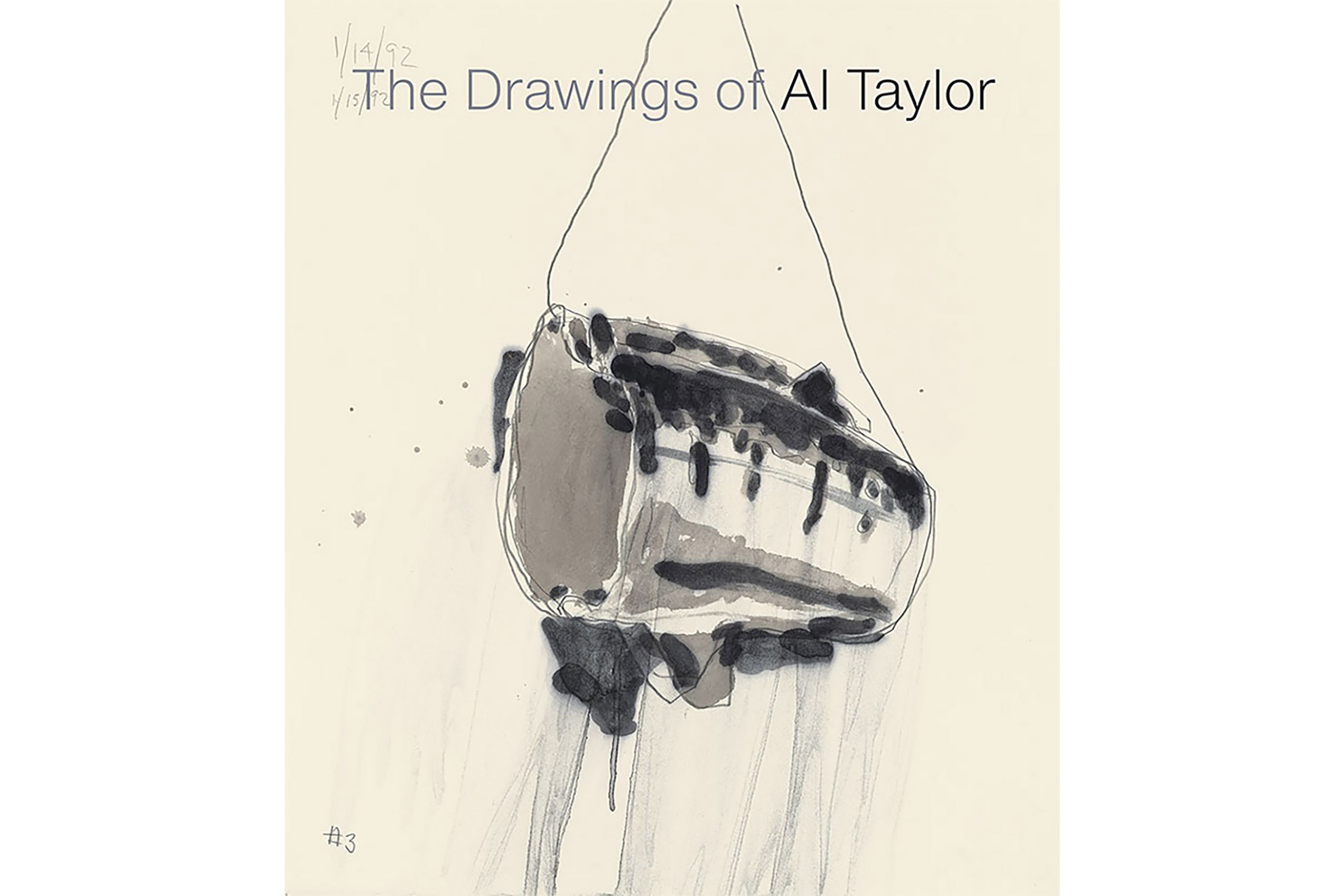
The Drawings of Al Taylor
Publisher: The Morgan Library & Museum, DelMonico Books/ Prestel
Publication Date: 2020

Text by Isabelle Dervaux. Contributions by Lawrence Rinder and Lindsey Tyne. Foreword by Colin B. Bailey
Featuring more than ninety drawings and many sketchbook pages that span Al Taylor’s entire career, this book documents the artist’s important achievements as a draftsman.
This book investigates important and illuminating aspects of Al Taylor’s drawings, which numbered over five thousand at the time of his death. It includes a chronological survey of Taylor’s drawings from the mid-1970s to the late 1990s, highlighting the combination of technical refinement, humor, and sensuousness that characterizes his works on paper. Stunning reproductions of the works, which were inspired by such ordinary things as tin cans, pet stains, and broomsticks, reveal the drawings’ minute details, nuanced shading, and playfully agile pencil lines. Lively texts explore how the rich and complex visual sensibilities of Taylor’s drawings resonate with that of late Renaissance and Baroque Old Masters. The book also examines Taylor’s innovative approach to process and materials, such as photocopier toner, with its intense black, and the extreme white of correction fluid. Created with equal parts humor and technical virtuosity, and informed by scientific models as well as everyday minutiae, Al Taylor’s magnificent drawings are meditations on form and structure that stand as testament to great draftsmanship.
Details
Publisher: The Morgan Library & Museum, DelMonico Books/ Prestel
Artist: Al Taylor
Contributors: Isabelle Dervaux, Lawrence Rinder, Lindsey Tyne, Colin B. Bailey
Publication Date: 2020
ISBN: 9783791359496
Retail: $40 | £29.99 | €37
Status: Not Available
Designer: Katy Homans
Printer: China
Dimensions: 9.5 x 11 inches | 24.1 x 27.9 cm
Pages: 175
Reproductions: 194
Artist and Contributors
Al Taylor
Although he began his studio practice as a painter, Al Taylor (1948–1999) devised a unique and innovative approach to process and materials that encompassed two-dimensional works on paper and three-dimensional objects. He sought to expand the possibilities of vision by exploring new ways of experiencing and imagining space. His sculptures, which he thought of as "tools for vision," were usually fashioned out of unconventional materials, often employing humble and sometimes humorous elements.
Isabelle Dervaux
Lawrence Rinder
Lindsey Tyne
Colin B. Bailey
$40